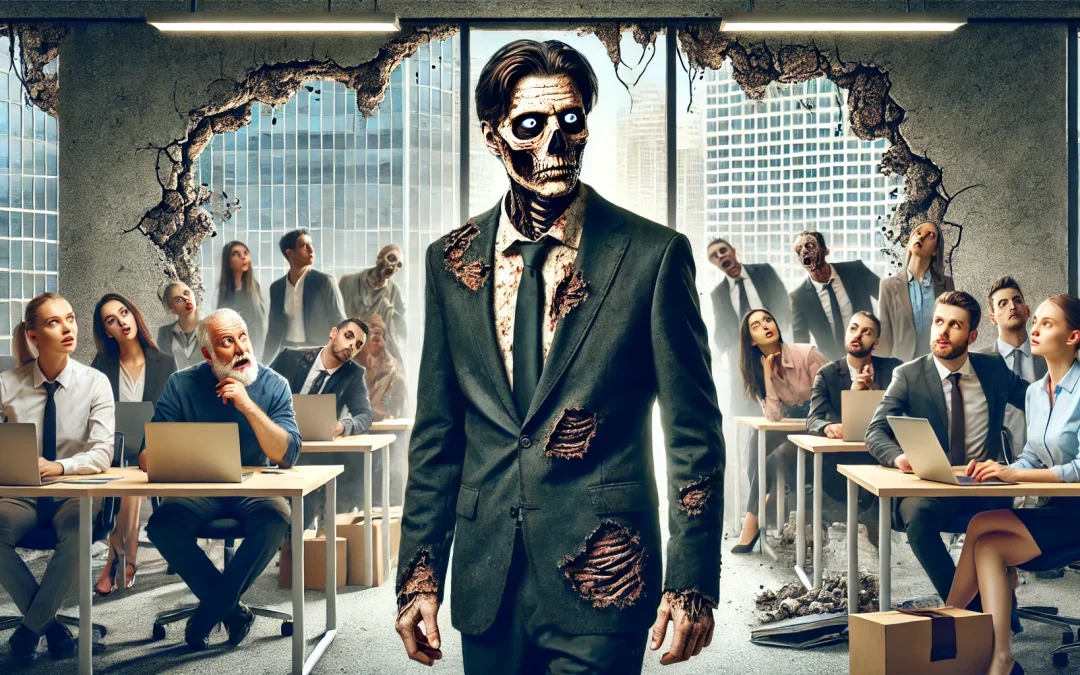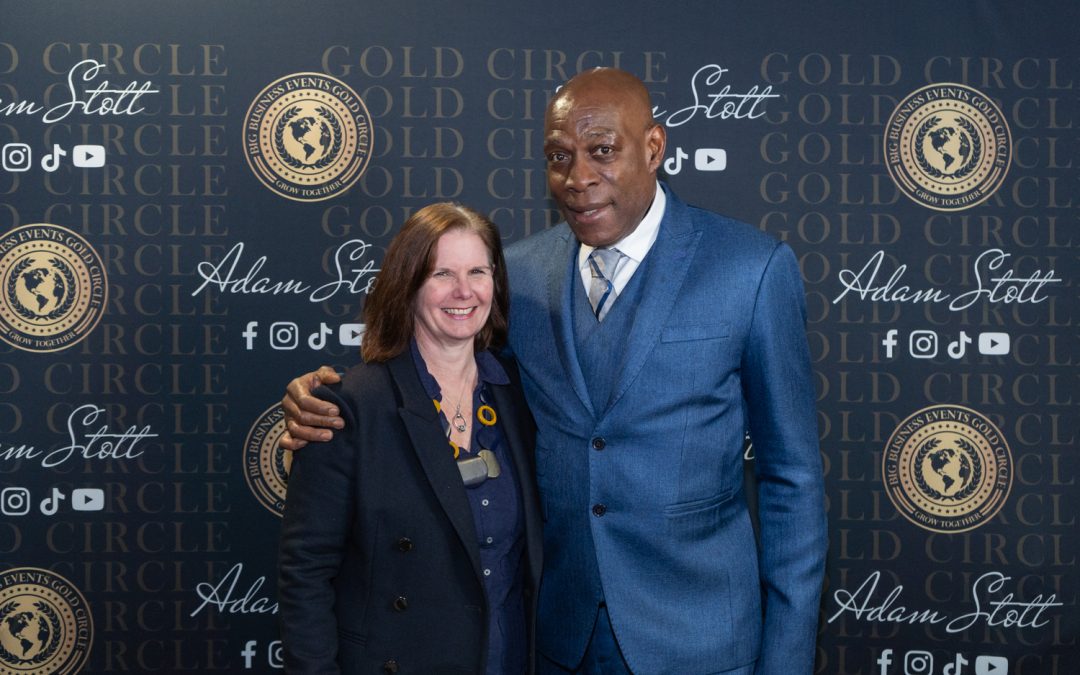
52 – Consistency Creates High-Performing Teams Over Time
This week marks a major milestone for me—Impactful Teamwork has officially turned one! That’s 52 weeks of consistent podcasting, sharing insights, stories, and strategies to help business leaders build high-performing teams. As I paused to reflect and celebrate this achievement, two powerful themes emerged: Consistency and Celebration—the often-overlooked cornerstones of sustainable team performance.
Why Consistency is a Leadership Superpower
Consistency isn’t flashy, but it’s foundational. In a world that’s constantly shifting, your ability to show up reliably for your team becomes a stabilising force. It builds trust, enhances accountability, and creates psychological safety—the fertile ground in which collaboration, innovation, and performance thrive.
Insight 1: Show Up Predictably
Your team needs to know how you’ll respond in various situations. When your behaviour aligns with your values day in and day out, you build a culture where people feel safe, seen, and empowered to contribute their best. Predictability doesn’t mean being robotic—it means being anchored.
✨ Try This: Start your meetings with a consistent structure or ritual—like a quick round of wins or a shared intention. This simple act fosters rhythm and reliability.
Insight 2: Use Consistency to Compound Impact
Drawing from the principle of Kaizen—small, consistent improvements—think of consistency as “compound interest” in leadership. One percent better each day may seem minor, but over time, the results are transformational.
Consider this: just as one daily chocolate bar can quietly add 10kg over two years (as I’ve personally experienced!), one small act of leadership—each day—can reshape your team culture.
✨ Try This: Choose one leadership behaviour to consistently apply this month—perhaps regular 1:1 check-ins or timely feedback—and track its impact.
Insight 3: Be the Calm Amid the Storm
Especially during change or crisis, your steadiness gives your team certainty. When you model grounded leadership, your team feels safer to navigate ambiguity and contribute with confidence.
✨ Try This: Take 2–3 minutes daily to ground yourself before team interactions. Breathe deeply, reconnect with your purpose, and then engage from a place of calm clarity.
Celebration: The Secret Sauce of Sustainable Success
While consistency builds the structure, celebration is the fuel. Yet so many leaders skip this crucial step. We hit a goal and move on to the next, leaving effort unacknowledged and engagement untapped.
Insight 4: Make the Invisible Visible
Celebration turns effort into visibility. When you pause to recognise wins—big or small—you reinforce the behaviours you want to see more of, from collaboration to creativity.
✨ Try This: Implement a “Friday Wins” moment, where each team member shares something they’re proud of from the week.
Insight 5: Celebrate Effort, Not Just Outcomes
In a volatile world, outcomes often shift. What matters is the effort, learning, and collaboration that got you there. Recognising this builds resilience and a growth mindset.
✨ Try This: After a project concludes, hold a “Retrospective Celebration” focused not just on results, but lessons learned and contributions made.
Insight 6: Understand the Science Behind It
Celebration is more than a feel-good activity—it rewires the brain. It releases:
-
Dopamine, the motivation chemical that says, “That felt good, do it again.”
-
Oxytocin, the connection hormone that deepens trust and belonging.
Leaders who celebrate frequently build more motivated, engaged, and collaborative teams.
✨ Try This: Tie recognition to your core values. “You showed great initiative in aligning with our value of innovation when you created that new process.”
Don’t Let Celebration Backfire: Make It Personal
A story I shared in the podcast perfectly illustrates this. A top-performing salesperson received a case of champagne as a reward—except he didn’t drink. The gift didn’t just fall flat—it caused him to resign.
Moral of the story? Know your people.
✨ Try This: Ask each team member how they like to be recognised—publicly or privately, through words, experiences, or gifts.
Ways to Celebrate Without Breaking the Bank
Celebration doesn’t need to be elaborate. Small, genuine gestures matter most.
-
A handwritten thank-you note
-
A shout-out in a team meeting
-
A peer-nominated recognition system
-
A surprise coffee from their favorite café
-
A “Wall of Wins” in the office
These moments create emotional anchors that increase team loyalty, energy, and satisfaction.
Make Celebration a Strategic Habit
Celebration isn’t fluff—it’s a strategic lever. Teams that feel recognised and appreciated are more likely to stay engaged, go the extra mile, and remain loyal. Especially after completing tough projects, the pause to celebrate becomes a moment of collective pride and restoration.
✨ Try This: At the end of a project, don’t just do a debrief—host a mini celebration. Gather the team, express gratitude, and share what went well. Anchor the win emotionally and culturally.
Consistency + Celebration = Team Momentum
If consistency creates structure and reliability, and celebration fuels joy and motivation, then together they create unstoppable momentum.
This isn’t just leadership theory—it’s neuroscience, psychology, and human nature. My horses teach this lesson every day on our Unbridled Leadership retreats. They instinctively follow consistent, calm energy—and respond beautifully to positive reinforcement. Just like our teams do.
Final Reflection: Where Can You Be More Consistent and Celebratory?
-
Where are you already being consistent as a leader? Where could you improve?
-
What recent team win—large or small—deserves recognition?
-
How can you celebrate in a way that feels authentic, meaningful, and inclusive?
As Tom Peters says, “Celebrate what you want to see more of.” And I couldn’t agree more. Because what gets celebrated, gets repeated.
Here’s to another year of impactful Teamwork. I’m off to celebrate with the horses—how will you celebrate today?
Show Notes:
Here are the highlights from this episode:
00:00 Welcome to Our Anniversary Episode!
02:18 The Power of Consistency in Leadership
05:40 Personal Reflections on Consistency
09:58 Celebrating Milestones and Achievements
13:25 The Neuroscience Behind Celebration
16:26 Effective Ways to Celebrate in the Workplace
22:12 Final Thoughts on Celebration and Consistency














